Cardiac rhythm management focuses on diagnosing and treating arrhythmias, which are abnormal heart rhythms that can range from harmless to life-threatening. Arrhythmias occur when the electrical signals that coordinate heartbeats don’t function properly, causing the heart to beat too fast, too slow, or irregularly. In this blog post, we’ll explore the pathophysiology of arrhythmias, their diagnosis, and the various treatment options available, including medications, implantable devices, and catheter-based procedures.
1. Pathophysiology of Arrhythmias
Arrhythmias can arise from disruptions in the heart’s electrical system. Common mechanisms include:
- Abnormal Automaticity: When heart cells outside the sinoatrial (SA) node generate electrical impulses.
- Re-entry Circuits: When electrical signals loop abnormally, causing rapid heartbeats.
- Conduction Blocks: When electrical signals are delayed or blocked, leading to slow heartbeats.
Arrhythmias are classified based on their origin and effect on heart rate:
- Tachycardia: A fast heart rate (>100 beats per minute).
- Bradycardia: A slow heart rate (<60 beats per minute).
- Supraventricular Arrhythmias: Originate in the atria (e.g., atrial fibrillation, atrial flutter).
- Ventricular Arrhythmias: Originate in the ventricles (e.g., ventricular tachycardia, ventricular fibrillation).
2. Diagnosis and Evaluation of Arrhythmias
Accurate diagnosis is essential for effective management. Common diagnostic tools include:
- Electrocardiogram (ECG): The primary tool for detecting arrhythmias, providing a snapshot of the heart’s electrical activity.
- Holter Monitor or Event Monitor: Portable devices that record heart rhythms over 24–48 hours or longer.
- Implantable Loop Recorder: A small device implanted under the skin to monitor heart rhythms for months or years.
- Electrophysiology Study (EPS): An invasive procedure that maps the heart’s electrical activity to identify the source of arrhythmias.
- Echocardiography: Assesses heart structure and function to identify underlying causes of arrhythmias.
3. Medical Management of Arrhythmias
Medications are often the first line of treatment for arrhythmias. Common classes of antiarrhythmic drugs include:
- Sodium Channel Blockers (e.g., flecainide): Slow electrical conduction in the heart.
- Beta-blockers (e.g., metoprolol): Reduce heart rate and prevent arrhythmias.
- Potassium Channel Blockers (e.g., amiodarone): Prolong the heart’s electrical cycle.
- Calcium Channel Blockers (e.g., diltiazem): Slow conduction in the atrioventricular (AV) node.
- Anticoagulants (e.g., warfarin, DOACs): Prevent blood clots in patients with atrial fibrillation.
4. Implantable Cardioverter-Defibrillators (ICDs)
ICDs are life-saving devices for patients at risk of sudden cardiac death due to ventricular arrhythmias. Key features include:
- Monitoring: Continuously tracks heart rhythm.
- Pacing: Delivers small electrical impulses to correct slow heart rates.
- Defibrillation: Delivers a shock to restore normal rhythm during life-threatening arrhythmias.
ICDs are recommended for patients with a history of ventricular tachycardia, ventricular fibrillation, or heart failure with reduced ejection fraction.
5. Pacemaker Implantation
Pacemakers are used to treat bradycardia or heart block. They work by:
- Sensing: Detecting the heart’s electrical activity.
- Pacing: Delivering electrical impulses to maintain a normal heart rate.
Pacemakers can be single-chamber (for the atrium or ventricle) or dual-chamber (for both). They are implanted under the skin, usually near the collarbone, with leads threaded into the heart.
6. Catheter Ablation for Arrhythmias
Catheter ablation is a minimally invasive procedure that targets and destroys the tissue causing abnormal electrical signals. Common types include:
- Radiofrequency Ablation: Uses heat to destroy problematic tissue.
- Cryoablation: Uses extreme cold to freeze and eliminate abnormal tissue.
Ablation is particularly effective for supraventricular tachycardias, atrial fibrillation, and certain ventricular arrhythmias.
7. Innovations in Cardiac Rhythm Management
Advances in technology continue to improve the diagnosis and treatment of arrhythmias. Innovations include:
- Leadless Pacemakers: Small, self-contained devices that eliminate the need for leads.
- Subcutaneous ICDs: Implanted under the skin without leads in the heart, reducing complications.
- Wearable Devices: Smartwatches and patches that monitor heart rhythms in real-time.
- Artificial Intelligence (AI): Enhances the accuracy of arrhythmia detection and prediction.
Conclusion
Cardiac rhythm management is a critical aspect of modern cardiology, offering hope and improved quality of life for patients with arrhythmias. From understanding the underlying mechanisms to implementing advanced treatments like ICDs, pacemakers, and catheter ablation, there are numerous ways to manage arrhythmias effectively. If you or a loved one are experiencing symptoms like palpitations, dizziness, or fainting, consult a healthcare professional to explore your options. With early diagnosis and tailored treatment, you can take control of your heart health and live a fuller, more active life.



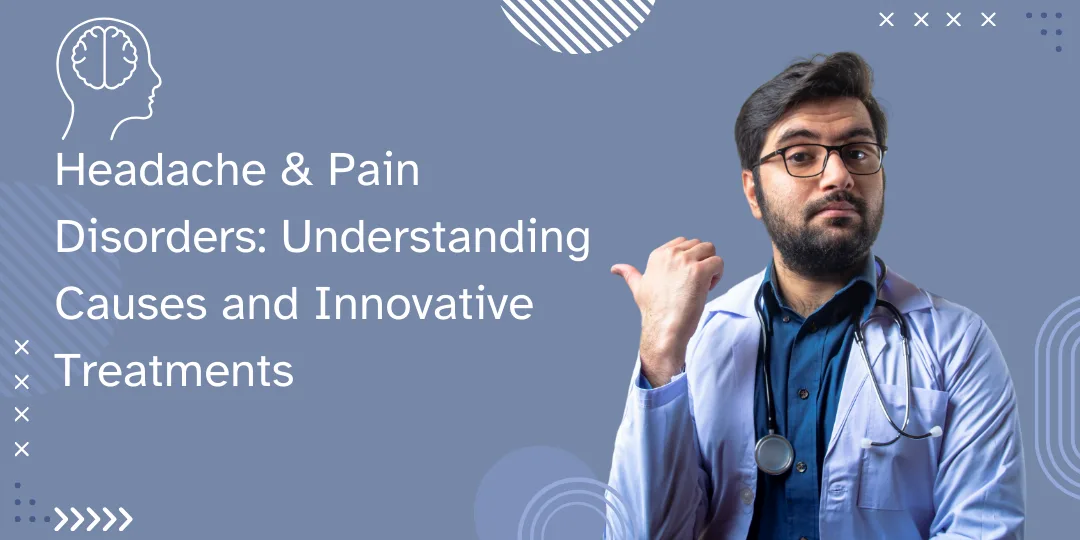
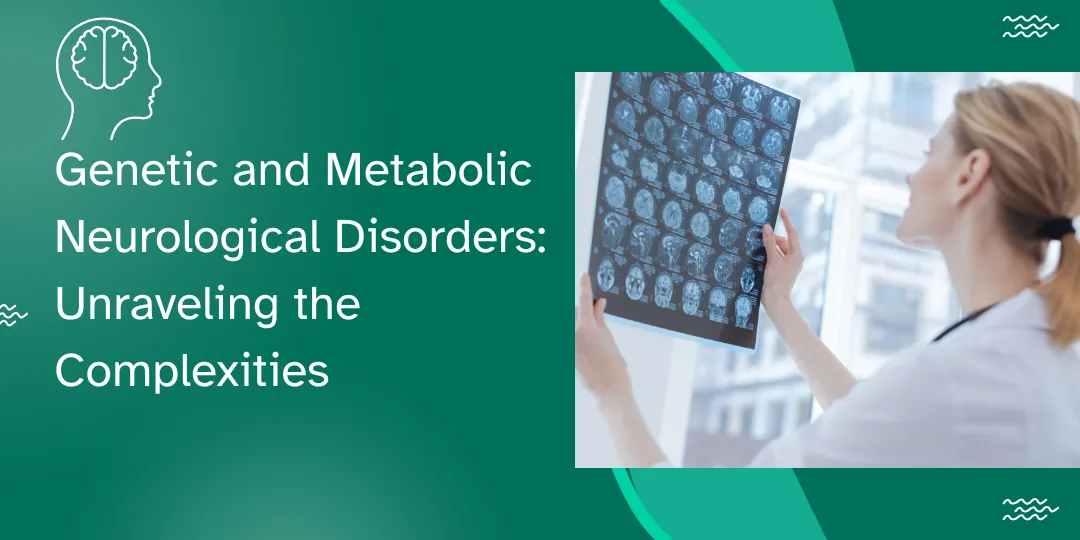
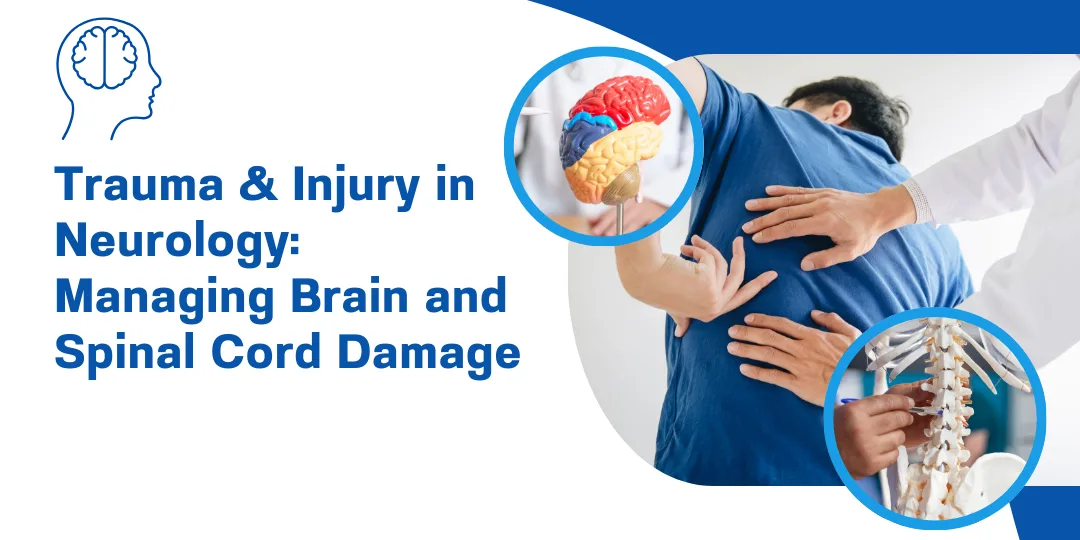

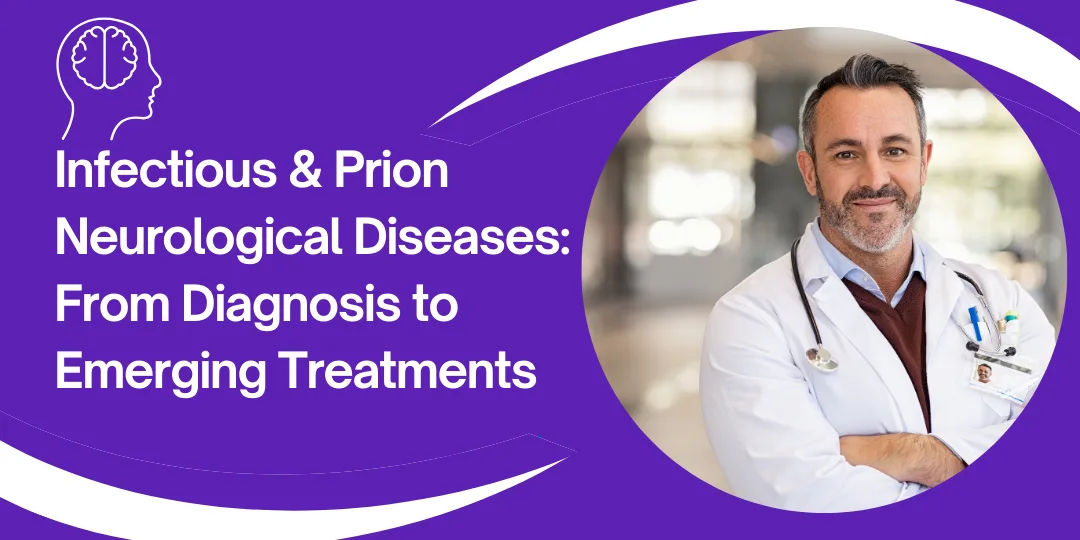
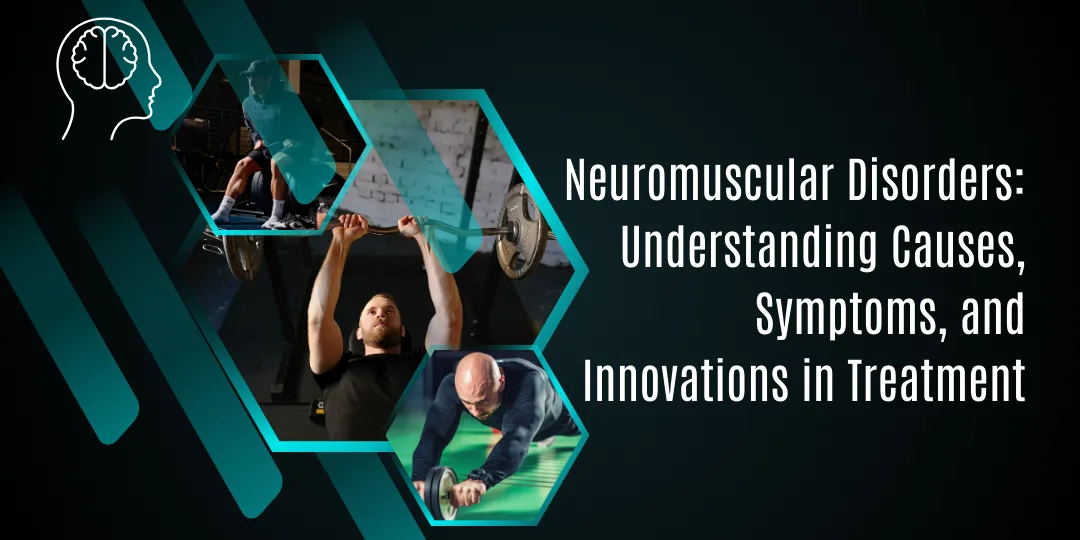
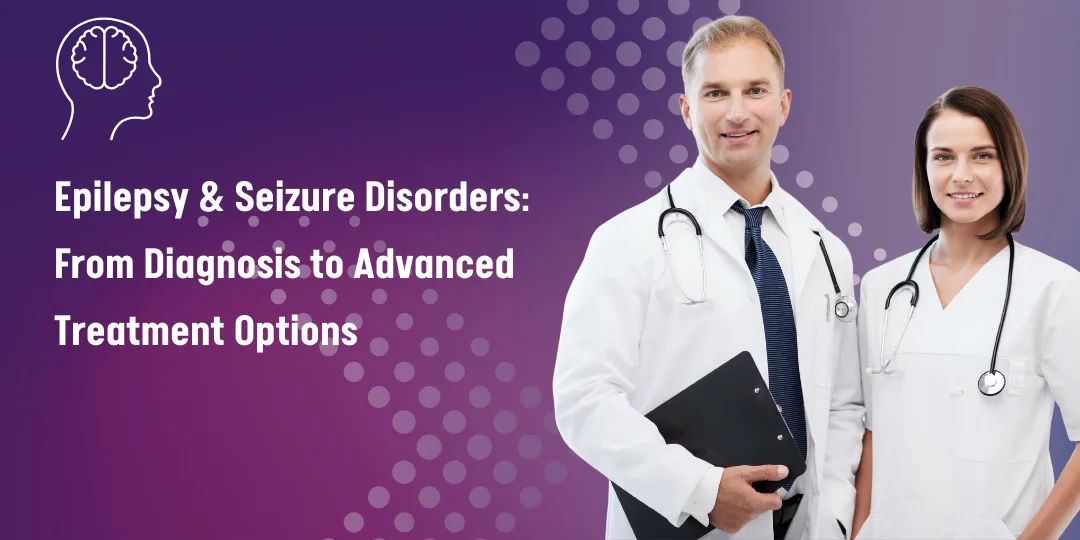

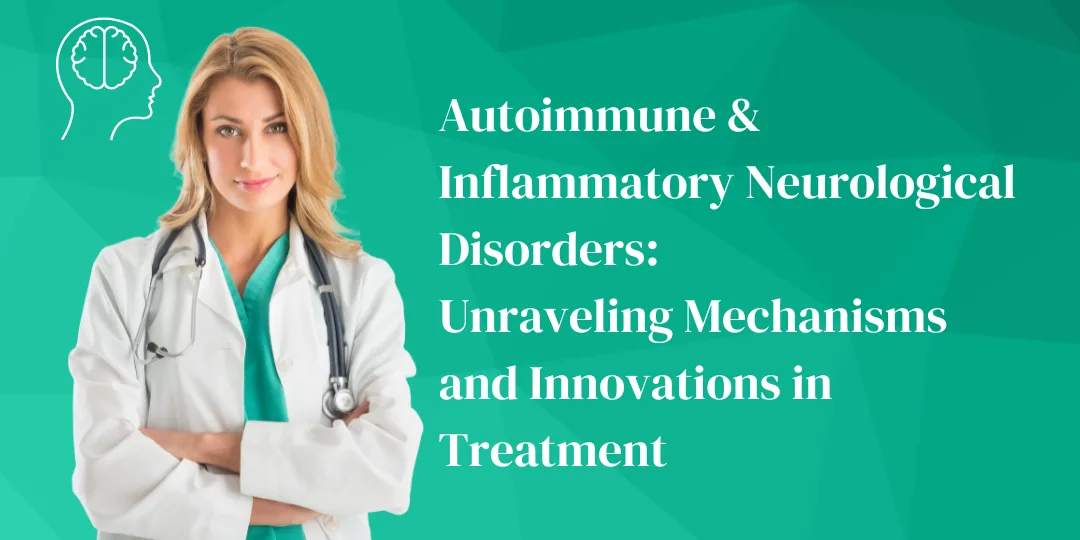
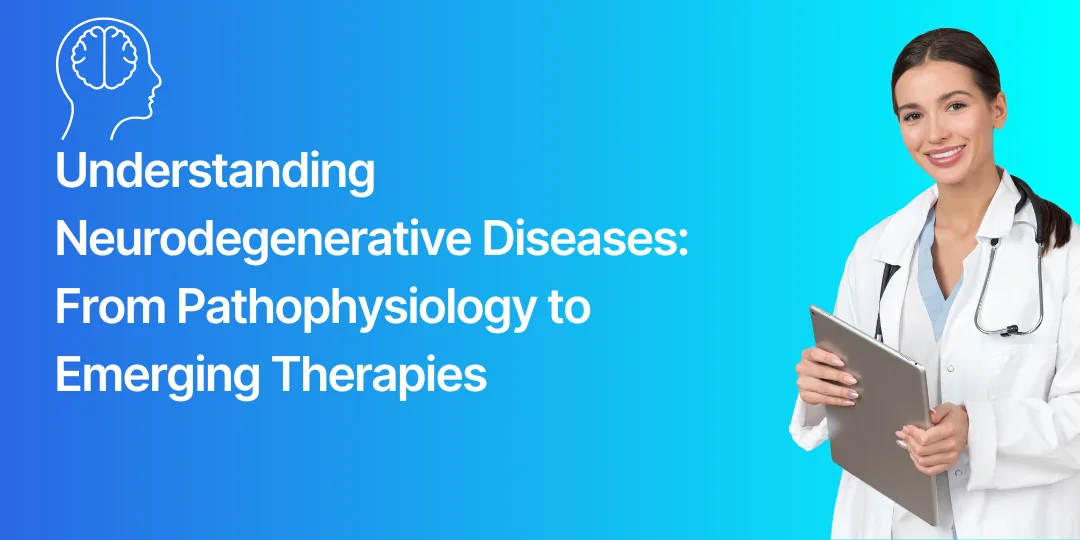
0 Comments